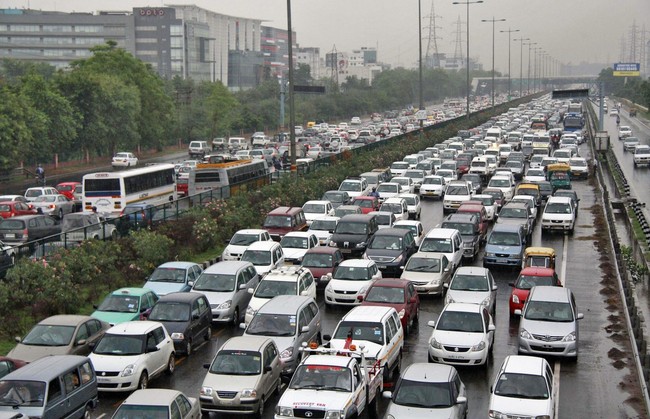Researchers at the Fuel, Combustion and Emission Group at Sharif University of Technology, in collaboration with experts at Tehran’s Air Quality Control Company, published a report on Saturday based on Tehran’s newly-developed emission inventory.
The report, which focuses on the Iranian capital’s pollution levels during March 2013-14, is an important step in the country’s attempt to manage air quality, Mehr News Agency reported.
An emissions inventory is a database that lists, by source, the amount of air pollutants discharged into the atmosphere of a given place during a particular period. They are used to help determine significant sources of air pollutants, establish emission trends, target regulatory actions and estimate air quality through computer dispersion modeling.
According to Hossein Shahbazi, a researcher at AQCC, the report, which was more than a year in the making, can help authorities devise an effective plan of action to tackle the metropolis’ perennial struggle with air pollution.
“An emission inventory is an essential part of any plan to curb air pollution. Basically, you cannot move forward without a database such as the one that has been developed,” he said.
According to the report, 726,000 tons of pollutants entered Tehran’s air in the reference period, 85% of which were caused by mobile sources (such as motor vehicles and airplanes) while the stationary or point sources (such as power plants) were responsible for 15%.
“In addition to helping officials combat air pollution, the emission inventory can serve as a model for other cities to develop their own database of pollutants,” Shahbazi said.
Based on a World Health Organization report published last year, 80,000 people die prematurely every year in Iran due to air pollution. Twenty-one percent of all deaths in Iran are attributed to air pollution, according to the report.
Official statistics indicate that more than 4,400 people die annually in Tehran alone, meaning one person dies every two hours in the Iranian capital due to high pollution levels.
Other Iranian metropolises do not have it any better: Every year, 3,200 people die in Mashhad because of toxic pollutant levels, whereas Isfahan’s share is 2,700.


